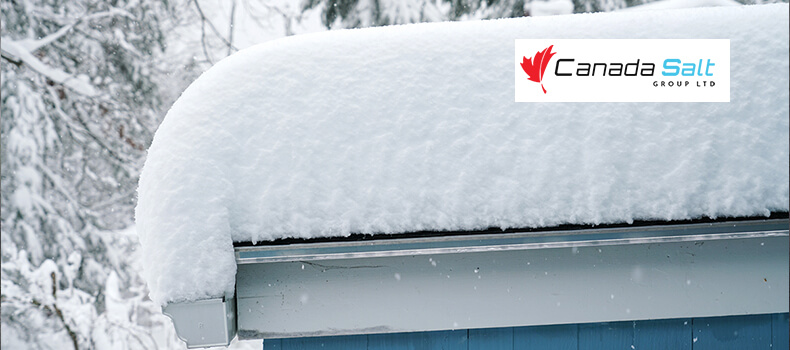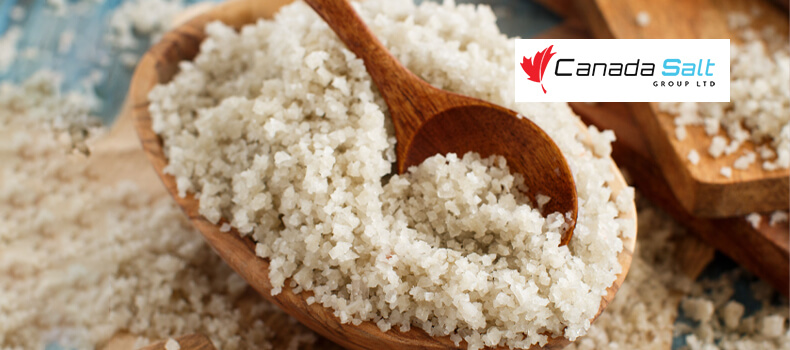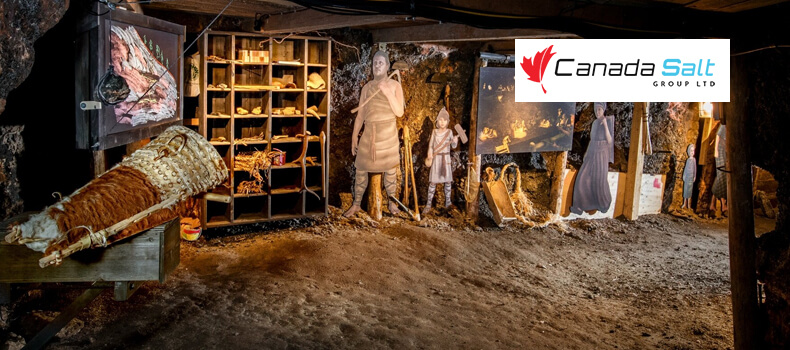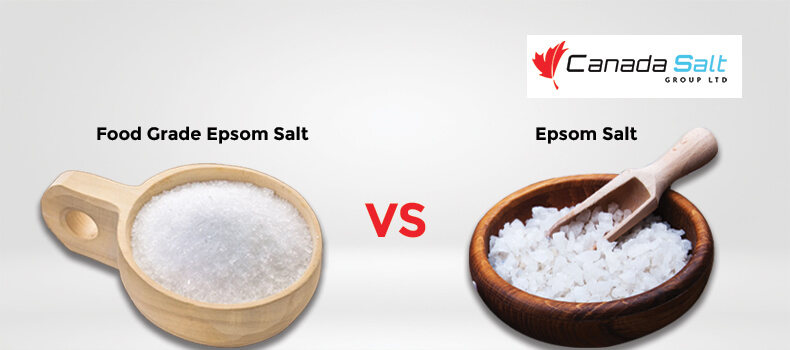Can You Put Salt On A Roof?
If you live in a place with harsh winters, you have likely seen or witnessed an ice dam on your and your neighbour’s roof. Your first reaction might be to use salt, the traditional method used on your driveway and sidewalk for years, to melt the ice and snow. So, many of us will be in a dilemma of using salt on the roof. In this article, we will explore ice dams and know whether can you put salt on a roof or not.
What Are Ice Dams?
An ice dam is an increased area of ice that forms in valleys and at the edge of roofs, preventing water and snowmelt from dripping off the roof. With each freeze-thaw cycle, the water behind the dam pools and refreezes, increasing the dam’s size. Neglecting this could result in serious damage to property.
Formation of Ice Dams
Warm air from the attic flowing through the roof above the eave line melts the snow. This is the usual reason for the formation of ice dams. An ice dam forms when the melted snow moves down the gutter, removing the attic’s heat source and causing it to freeze. Warmer water flows to the dam and across it when the snow melts, refreezing it. This cycle worsens the situation by increasing the dam and creating ice crystals that hang over the gutter or roof.
Damage Caused by Ice Dams
Both seen and unseen problems can be caused by ice dams. Mildew and mould can form under shingles if water remains under them. Excess moisture can cause shingles to come loose or tear off when it refreezes, leaving your home prone to structural damage and wet insulation. Your gutters may come loose from the roof if the ice dam is extremely big. In addition, when the weather warms up, a huge dam has the potential to collapse and cause serious injuries.
Ways To Get Rid of Ice On The Roof
There are several ways to eliminate ice formation on the roof, some of which are mentioned below.
Don’t Use Rock Salt
A common deicing agent for roads and pathways is rock salt. So many individuals choose this option when considering removing ice on the roof. However, rock salt is made of sodium chloride, which corrodes metal, even the nails holding the roofing in place. In addition, rock salt can permanently discolour your walls and roof. Additionally, it works poorly below 20 degrees Fahrenheit. For these reasons, rock salt is not ideal for removing ice dams.
Table Salt
Some people replace table salt with rock salt while deicing. This does not make a difference because they are the same chemically. Rock salt is simply table salt crushed into tiny crystals. Similar to rock salt, it will rust and discolour. Breaking up the ice with tools is not a good idea, as this could harm your roof even more than the rock salt.
Magnesium and Potassium Chlorides
Ice can also be melted by potassium chloride and magnesium chlorides. But magnesium chloride works best in temperatures higher than 5 degrees Fahrenheit. Potassium chloride becomes ineffective at temperatures below 12 degrees.
Calcium Chloride
Calcium chloride is one of the best salts to remove ice dams on the roof. It is because it doesn’t cause any corrosion or rust like sodium chloride, but it may damage the wood gutters. When compared to sodium chloride, it melts ice faster. Apart from magnesium or potassium chloride, Calcium chloride can be used at lower temperatures to melt large quantities of ice in less time.
Other Alternatives Of Removing Ice On Roof
Apart from salt, some alternatives exist to remove ice from the roof.
Break Ice Dams with a Mallet
A wooden or rubber mallet can be inexpensive to remove ice dams from the roof. You need to climb on the roof or at least use a ladder to do so. But it can be done only when the weather is nice. Make sure that you have enough balance or support while using a mallet. Sometimes, a mallet is not recommended because heavy force can damage the ceiling and gutter lining.
Rake Your Roof
Clear the snow on the roof whenever it accumulates. To do so, we generally use ice shovels. Ice shovels can limit your reach and require a ladder, which is dangerous, especially when the snow is heavier. It is advised to use a snow rake with long handles. You can use snow rakes from ground level to remove excess snow on th
e roof without hassle.
Hiring a Professional Steamer
A professional steamer doesn’t pressure wash your roof. Steaming of the roof includes converting cold water to low-pressure steam applied with a nozzle that slowly melts the ice. If the operating person is not careful enough, pressure washing can damage and scatter the roof shingles below. Know the equipment to remove the snow on the roof and choose the professional wisely.
Conclusion
Take the decision to use salt on a roof with caution and consideration for both the short-term and long-term consequences. Not all kinds of salts are suitable for deicing the roof. Knowing the right salt and addressing ice-related issues is important to preserve the integrity and longevity of the roofing system. At Canada Salt Group Ltd, we deal with top-quality deicing salts and other salt products and supply them throughout North America. For more details, contact us and get a free quote.





